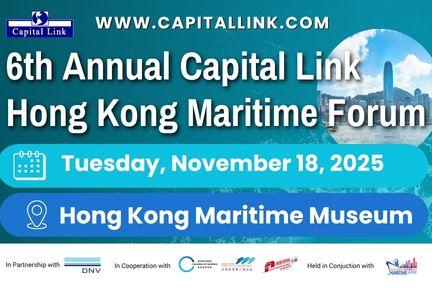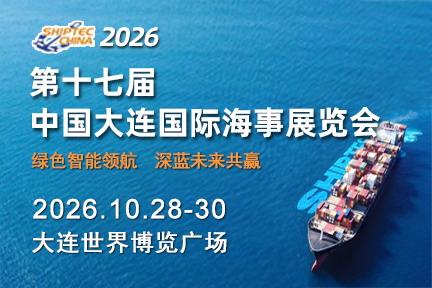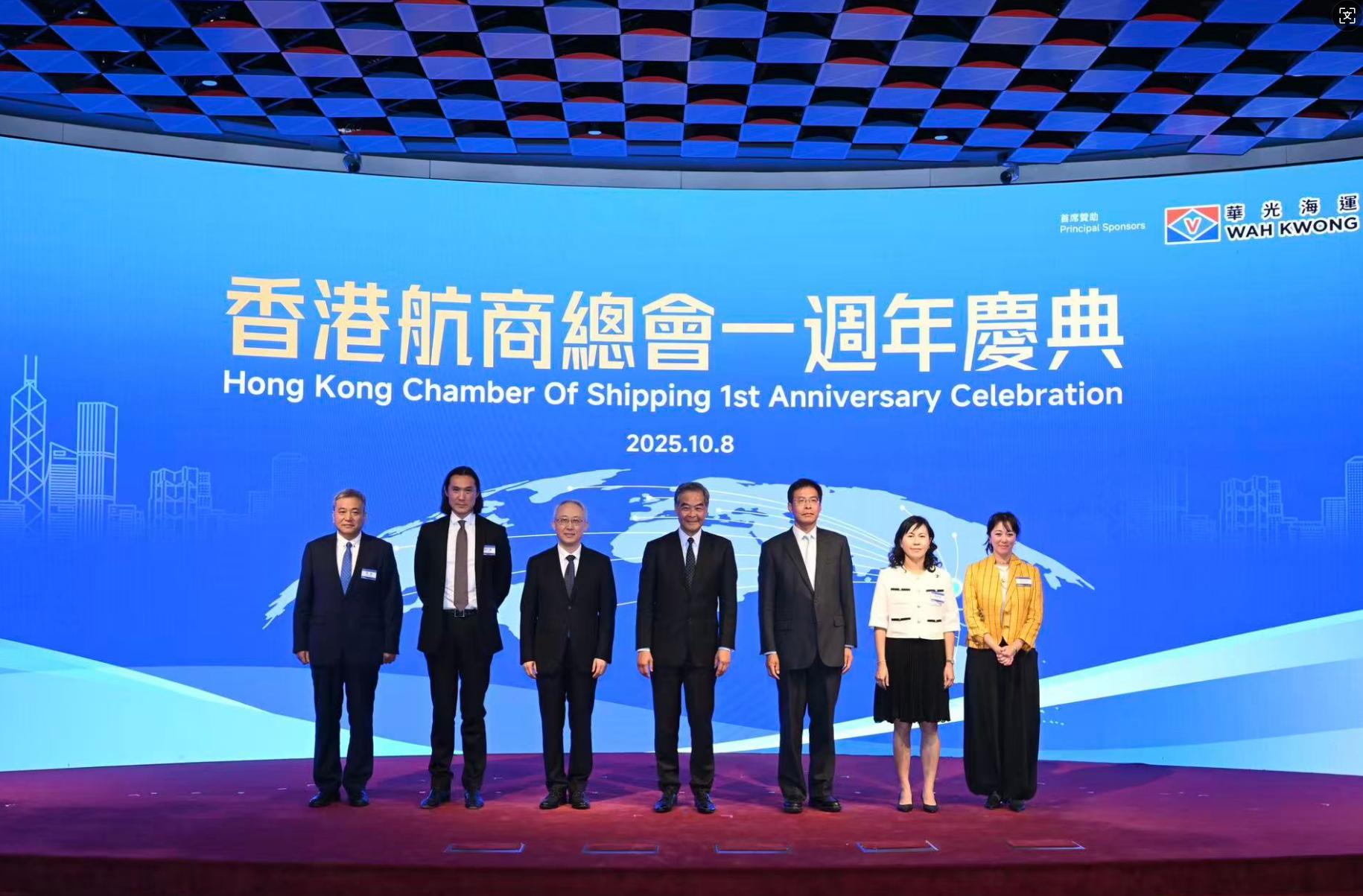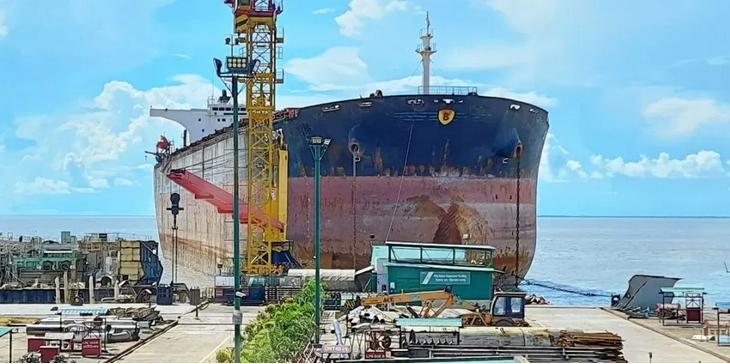有船东把船期租给租家,然后租家安排船到UST Luga装货,结果螺旋桨被冰块损毁,导致水下检验、时间、绕航、修复等一系列损失;而租家把这些都从租金中扣下。这里面涉及到停租、港口是否安全,承租人指示,是否有权利从租金中扣减等相关问题;笔者帮人简单起草了一些观点供参阅。有类似的,可以直接引用。
Safe port warranty
-
1. It’s common ground that concerned clauses contained express safe port warranty, such as “ VIA SP(S) SB(S) SA(S)” , “safe port(s) /safe berth (s) /safe anchorage(s) always accessible always afloat”; “That the cargo or cargoes be laden and/or discharged in any safe dock or at any safe wharf or safe place safe anchorage that Charterers or their agent may direct, provided the vessel can safely lie always afloat at any time of tide...”.
-
2. The legal definition of safe port is not in disputed; the law is well established in The Eastern City [1958] 2 Lloyd’s Rep.127(C.A.), per Sellers LJ at p.131:
“A port will not be safe unless, in the relevant period of time, the particular ship can reach it, use it and return from it without, in the absence of some abnormal occurrence, being exposed to danger which cannot be avoided by good navigation and seamanship.”
-
3. Sellers LJ’s statement was also upheld in The Evia (No.2) [1982] 2 Lloyd’s Rep.307 (H.L.) and The Ocean Victory [2017] UKSC 35.
-
4. In The Polyglory [1977] 2 Lloyd’s Rep.353, Parker J found that:
I have reached the clear conclusion that, on a fair reading of the award as a whole, the latter was the basis upon which he proceeded. He pointed out that Port la Nouvelle was not merely difficult but very difficult. He stressed the fact that the port was one in which circumstances might arise, and did in fact arise, where there was no room for indecision or half measures and where only correct, prompt and resolute action would do. He stated that high standards of seamanship and navigation were required.
-
5. In this case, it’s held by the Court that on a fair reading of the award as a whole the arbitrator had correctly directed himself that if something more than ordinary prudence and skill was required at Port la Nouvelle to avoid exposure to danger the port would not be safe within the meaning of cl. 2 (see p.366); and his conclusion that Port la Nouvelle was not a safe port was justified in that it was a port in which the exercise of ordinary care and skill would not have prevented the vessel from being exposed to danger (see p.366,); the finding by the arbitrator that the negligence of the pilot did not break the chain of causation meant no more than that he considered that the negligence was causally connected with the damage.
- Ice clause
-
6. Clause 77. BIMCO’S Ice Clause, which provides that: “The vessel shall not be ordered to or be bound to enter or cross any ice-bound port or place or area any port or place where lights…”. The vessel shall not be obliged to force ice and if the master fears that his ship may be frozen in or damaged by ice at a loading or discharging place he may “sail to a convenient open place” and await fresh instructions.
-
7. In Limerick v. Stott (1921) 7 Ll.L.Rep. 5, 69 (C.A.), Scrutton, L.J., said that the Baltime clause “enables the captain to refuse to go to an ice- bound port, and to refuse to force ice which he meets on his voyage, without being guilty of any breach of charter, and without prejudicing his owners’ right to hire while he is waiting for proper orders, or for a sea free of ice. He is also allowed, but is not obliged, to leave a port which is likely to become ice- bound; that is…it cannot be said that the owner loses his right to hire, because the captain elects to stay when he might have escaped”.
-
8. As statements from the master, the port/channel was blocked by ice, despite there were ice-breakers to force ice; and the vessel in fact damaged by ice, the charterers therefore put them in breach clause 77.
-
Breach by the charterers
-
9. In The Aconcagua Bay [2018] EWHC 654 (Comm), the question of law is whether the warranty in a voyage charterparty that a berth is “always accessible” means that the vessel is always able not only to enter but also to leave the berth.
-
10. Robin Knowles J observed that:
The applicable principles of interpretation were not in issue. In interpreting a contract the court is concerned to identify the intention of the parties by reference to what a reasonable person having all the background knowledge that would have been available to the parties would have understood them to be using the language in the contract to mean; the court focusses on the meaning of the words in their documentary, factual and commercial context:
I accept that London Arbitration 11/97 may have informed some commercial decisions in the 20 years since that award. I should be cautious to disturb a meaning if it had become settled. As the Charterers submit, business people can be taken to choose words carefully when risk allocation is at stake. However London Arbitration 11/97 has not always been free from question when commentaries refer to it. The issue remains whether, as here, the Umpire was correct in law. In my respectful view he was not.
-
11. As clear evidences in hand, the vessel was in good condition before arrival on 2 March 2023, her speed was normal and upto 12.5 knots. However, speed was affected by damage propeller after loading. The charterers therefore put them in breach the term of “safe port(s) /safe berth (s) /safe anchorage(s) always accessible always afloat”.
Damage from ice en route
-
12. In The Sussex Oak (1950) 83 Ll.L.Rep.297, the vessel could have reached her port of destination in safety, had the master waited and called for icebreaker assistance straight away instead of attempting to force the ice. But if, because of ice en route, the port of destination cannot be reached in safety and the master has to force the ice, the charterers may be liable for the damage to the ship on the ground that the port is unsafe.
-
13. It was held by Devlin, J., that the charterers were liable for the damage to the ship on the ground that Hamburg was then an unsafe port and the charterers were not entitled to order the ship to go there. Devlin J stated at p.304:
In my judgment there is a breach of cl. 2 if the vessel is employed upon a voyage to a port which she cannot safely reach. It is immaterial in point of law where the danger is located, though it is obvious in point of fact that the more remote it is from the port the less likely it is to interfere with the safety of the voyage. The charterer does not guarantee that the most direct route or any particular route to the port is safe, but the voyage which he orders must be one which an ordinarily prudent and skilful master can find a way of making in safety. In the present case the only route to Hamburg was by the Elbe, and the arbitrator has found that this approach was unsafe by reason of ice.
-
14. In The Livanita [2008] 1 Lloyd's Rep.86, the vessel Livanita was chartered on a modified NYPE form for ‘‘one time charter trip via St Petersburg, Baltic/Conti to the far east with duration 60/70 days without guarantee’’. On completion of loading at St Petersburg the vessel left for Dunkirk at 0026 on 23 January 2003. She was assisted by ice breakers to the outbound convoy area. During the outbound convoy her hull was damaged by ice. The owners contended that the charterers were in breach of a safe port warranty. The charterers denied that the charterparty contained any relevant safe port warranty.
-
15. The tribunal held that the safe port warranty applied to St Petersburg, and that the charterers were in breach. The likelihood of encountering ice in St Petersburg in the winter months could not be considered an abnormal event.
-
16. It’s held by the Court that there was no inherent inconsistency between a safe port warranty and a named loading or discharging port. Effect had to be given to all the terms of the charter which were not inconsistent. The identification of a named port or anchorage, thereby limiting the charterer’s choice as to the location of performance, was not inconsistent with a warranty that it was safe. (see paras 19 and 22).
-
17. As to the second and third questions of law, there was no evidence that either party knew or ought reasonably to have anticipated anything about the likely conditions at St Petersburg more than the other, nor that either knew or should reasonably have known that St Petersburg was unsafe at the time the charter was entered into, nor that it was unsafe as sought to be alleged in the third issue of law (see para 23).
-
18. In substance, in Langely J’s view, if the tribunal were to find, as it did, that St Petersburg was not safe, and the master was not negligent, charterers took their stand on the ‘‘construction point’’ identified by the tribunal (para 4) and re-stated in grounds 1 and 2. They lost. In my judgment, the tribunal was right and the appeal on those grounds fails. Having taken that stand, charterers should not be permitted to depart from it. Again understandably, neither counsel encouraged me to refer matters back to the tribunal.
Deduction from hire payment
-
19. Clause 41. Deductions, clearly stipulated that: “Deduction of any amount from hire or any other amounts due to owners, under this charter are only permitted subject to mutual agreement of charterers and owners…”. However, the charterers made illegal deductions from hire payment without owners’ consent which put the charterers in breach.
-
20. An good illustration arises in The Anna Dorothea [2023] EWHC 105 (Comm) where provided: “no deductions from hire may be made for any reason under Clause 17 or otherwise (whether/ or alleged off-hire underperformance, overconsumption or any other cause whatsoever) without the express written agreement of Owners at Owners’ discretion.” The High Court upheld Arbitrator’s award, without prejudice to the charterers’ right thereafter to counterclaim the whole or any party of that sum.
-
21. On authority of The Anna Dorothea, the charterers should not make any deduction from hire payment which without owners’ agreement. The charterers should refund all illegal deductions to avoid any hire shortage.
- 停租法律与实务,准备了很多年,几乎涵盖了涉及到的所有权威书籍及数百个判例;之前印了十几本送人,还是希望船东、租家们能看看,真的非常有帮助。之前笔者整理的那些书都比较粗糙,这本和之前那本适航的一样,是准备拿去出版的,质量会好很多。
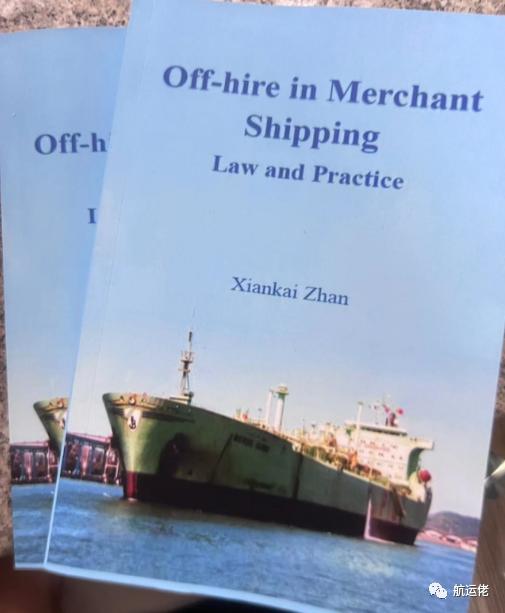
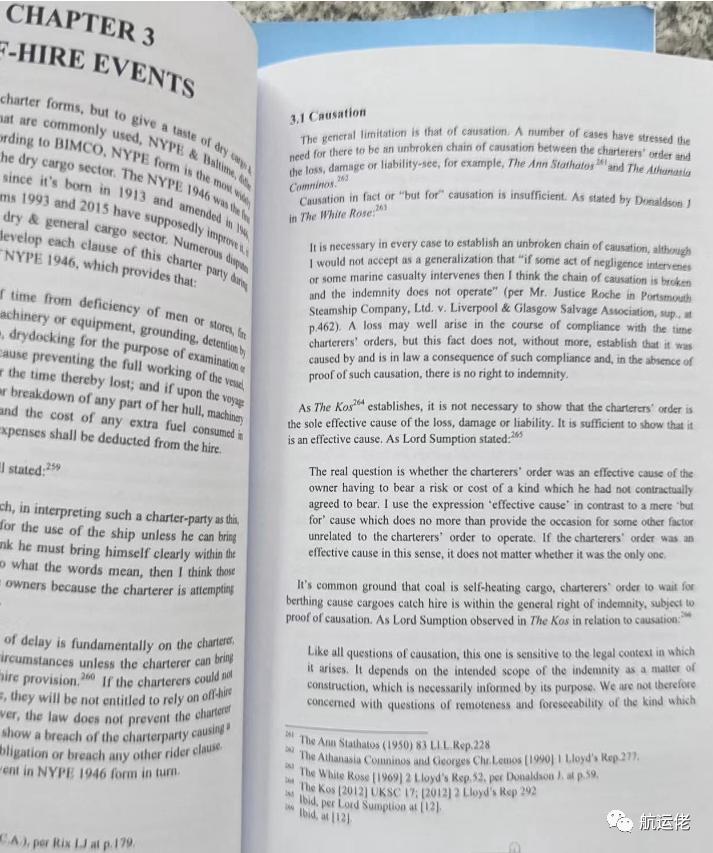
海运圈聚焦专栏作者Alex (微信公众号 航运佬)

 2023-04-28
2023-04-28 665
665 




